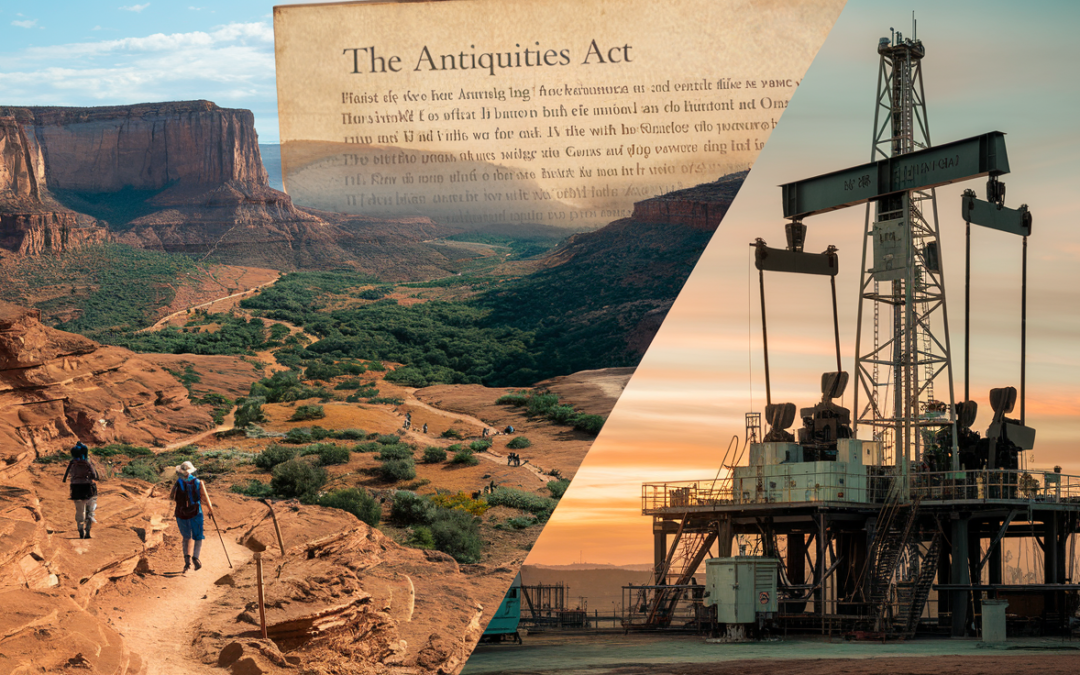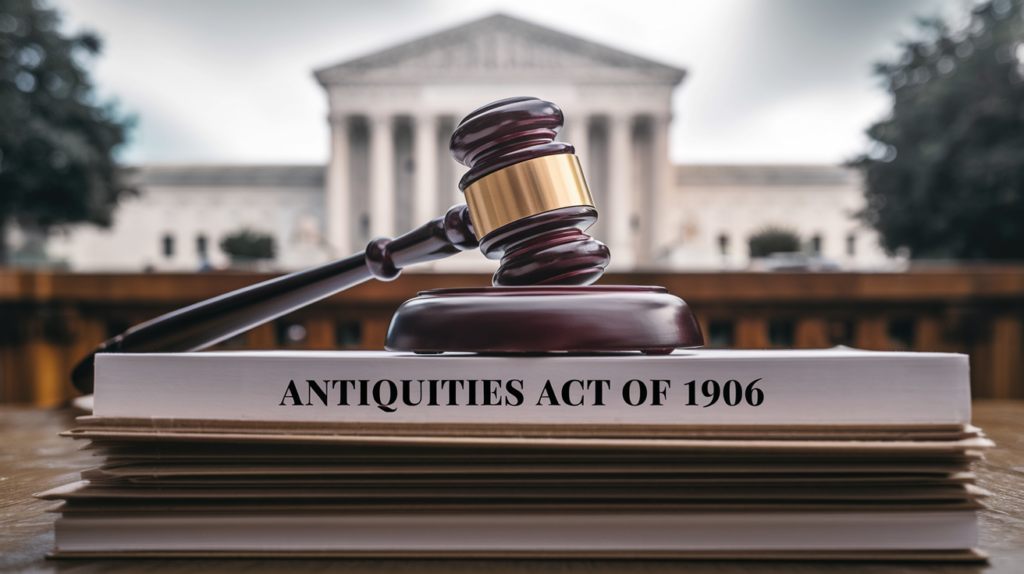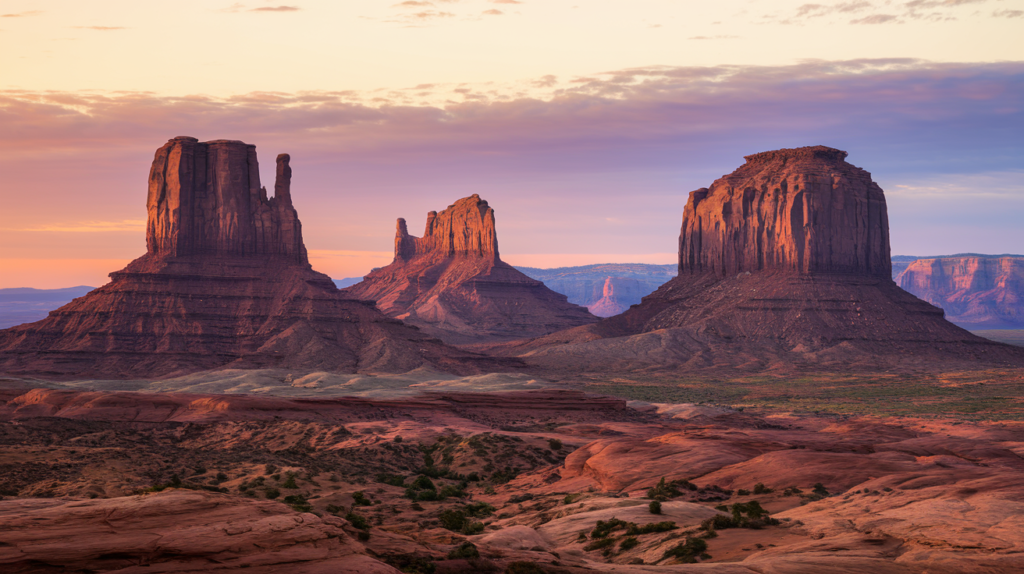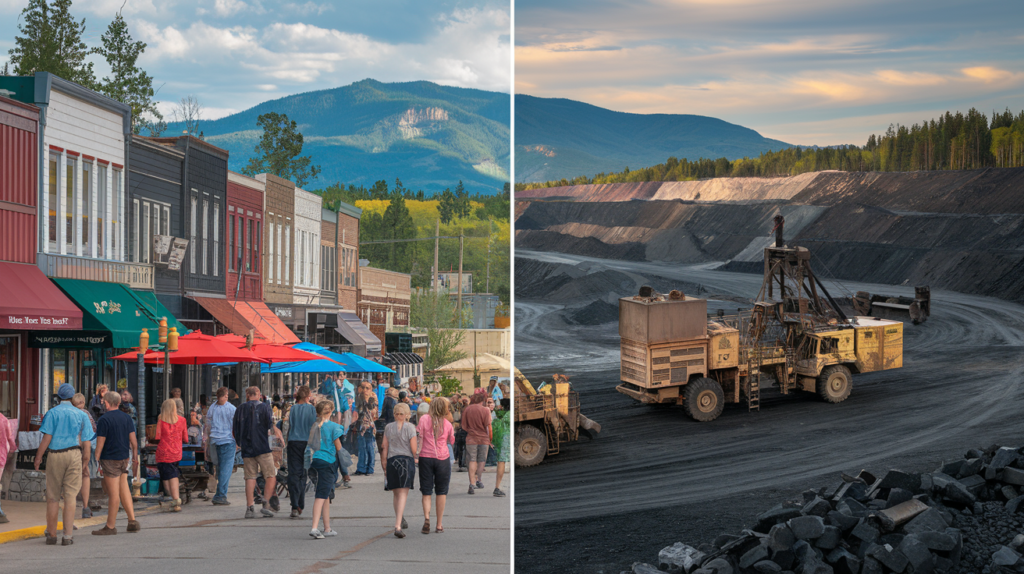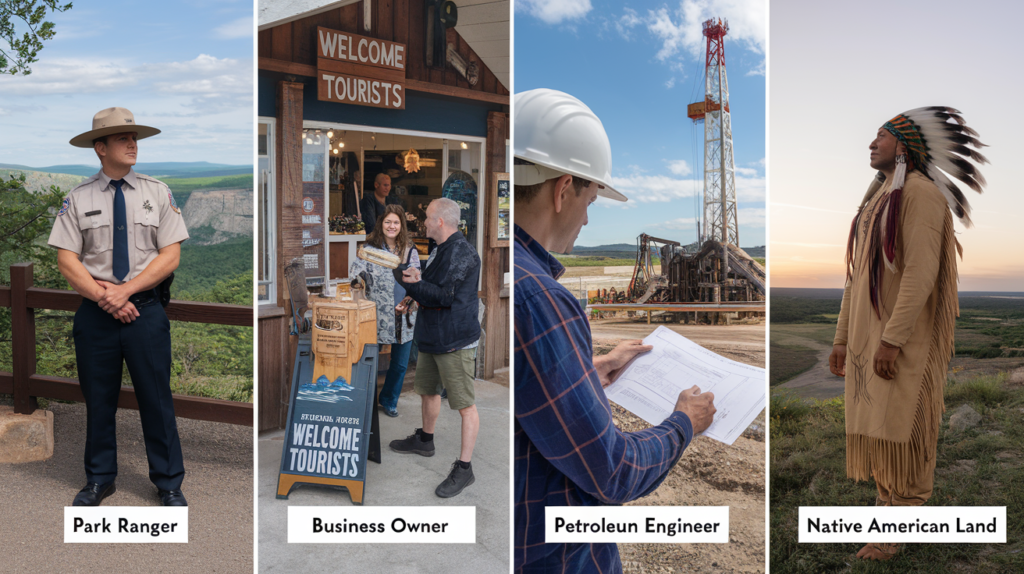Project 2025’s Impact on Public Lands: Balancing Energy Development with Conservation
Examining real data on tourism revenue, fossil-fuel jobs, and national monument controversies
Project 2025 was released by The Heritage Foundation in May 2023 and proposes significant changes to how America’s public lands are administered. Proponents say it will boost energy independence and job creation; critics argue it may erode vital conservation measures and affect national monuments designated under the Antiquities Act.
In this article, we’ll compare verifiable data on U.S. tourism spending, fossil-fuel employment, and key legal precedents affecting monument size. You’ll also learn about ongoing policy events—such as upcoming lease sales—and discover ways to get involved in shaping public lands decisions.
Why Some Support Expanded Energy Extraction
A central question posed by Project 2025 is whether large swaths of federally owned land should continue to be protected for conservation and recreation—or opened further to resource extraction. Advocates of expanded energy leasing highlight:
- Job Growth: According to the 2022 U.S. Energy and Employment Jobs Report (covering 2021 data), fossil-fuel industries employed approximately 708,000 Americans, with indirect supply-chain jobs adding hundreds of thousands more.
- Energy Independence: Supporters argue that developing domestic oil, gas, and coal resources can reduce reliance on foreign imports, potentially stabilizing prices and enhancing national security.
- Technological Advances: Modern drilling and mining methods—like directional drilling and advanced reclamation—are touted as less environmentally damaging than older techniques, offering a middle path between development and responsible stewardship.
These arguments form the bedrock of Project 2025’s call to reevaluate existing monument boundaries, streamline federal permitting, and reduce regulatory hurdles that can delay or limit extraction activities.
The Legal Strategy: Redefining “Smallest Area Compatible”
Project 2025 aims to reinterpret the Antiquities Act of 1906, which currently allows presidents to declare national monuments covering areas deemed necessary to protect “historic landmarks…or other objects of historic or scientific interest.” Critics of large monuments point to the statutory phrase “smallest area compatible” and argue that recent designations exceed what’s needed for preservation.
By encouraging litigation against broad monument boundaries, supporters hope courts will force future presidents to draw more limited lines around cultural or natural treasures. Although the Supreme Court in Cameron v. United States (1920) upheld sweeping presidential authority, subsequent challenges—including those filed after 2020—suggest that the courts may refine (or curtail) how big a monument can be.
Additionally, Project 2025 proposes appointing officials within the Department of the Interior who favor accelerated energy leasing, potentially shifting resources away from environmental reviews. Critics worry that such leadership changes could undermine longstanding conservation programs and reduce opportunities for public comment.
Historical Context: Bears Ears, Grand Staircase–Escalante, and Legal Challenges
The Antiquities Act has been the basis for protecting iconic landscapes and cultural sites, but it has also sparked controversies. Two notable examples:
- Bears Ears National Monument:
Created in December 2016 (Obama administration), reduced in 2017 (Trump administration), then largely restored in 2021 (Biden administration). Bears Ears holds deep cultural significance for multiple Native American tribes and contains extensive archaeological resources. - Grand Staircase–Escalante National Monument:
Established in 1996 (Clinton administration), downsized in 2017, and restored in 2021. Known for its paleontological sites and striking geology, it has become a focal point for debates over local economic development versus long-term conservation.
Multiple lawsuits continue to challenge these boundary changes, claiming either presidential overreach or insufficient protection. Project 2025 leverages such legal friction to argue that large-scale monuments should be reassessed, spotlighting the “smallest area compatible” standard as a potential legal limit on executive power.
Comparing Tourism Revenue and Fossil-Fuel Output
Tourism linked to national parks and monuments contributes significantly to local economies, especially in “gateway regions” located within roughly 60 miles of protected areas. In 2022, the National Park Service reported that 312.6 million visitors spent $23.9 billion in local communities, supporting about 378,400 jobs nationwide.
Meanwhile, fossil-fuel extraction remains a substantial economic force. The U.S. Bureau of Economic Analysis (BEA) indicates that the oil and gas extraction sector alone contributed approximately $559 billion to U.S. GDP in 20221. Although these industries can generate high revenues, they often exhibit volatility due to global commodity price fluctuations.
| Sector | Annual Value | Jobs Supported | Year of Data |
|---|---|---|---|
| National Park Tourism | $23.9 billion | 378,400 | 2022 |
| Oil & Gas Extraction GDP | $559 billion | ~708,000 in fossil fuels overall2 | 2022 GDP / 2021 Jobs |
Notes:
1. BEA Gross Output data for Oil and Gas Extraction, 2022.
2. U.S. DOE 2022 U.S. Energy and Employment Jobs Report (for 2021 fossil-fuel sector employment).
Critics of Project 2025 argue that prioritizing energy leasing could diminish the natural and cultural appeal that drives tourism. Advocates counter that modern extraction techniques can coexist with recreation if regulated properly. Policymakers must weigh these competing considerations against future market dynamics and conservation goals.
Stakeholder Perspectives: On-the-Ground Realities
A range of voices illustrates the complexities behind Project 2025:
- John Martinez, Park Ranger at Yellowstone National Park:
“When extraction accelerates near ecologically sensitive zones, there’s a real risk of fragmenting wildlife habitats. Even small boundary reductions to a National Monument can have ripple effects.” - Sarah Thompson, Business Owner near Grand Canyon:
“We rely on visitors who come for the unspoiled landscapes. If national monuments shrink, that could mean fewer tourists and fewer jobs in our small town.” - Michael Reed, Petroleum Engineer in Texas:
“We’re producing domestic energy more responsibly than ever, and that keeps the lights on. At the same time, we can be mindful of recreation corridors and cultural sites.” - Nicole Redhorse, Navajo Nation Liaison for Bears Ears:
“Protecting ancestral lands is about preserving history and identity. Extractive projects, if poorly regulated, can destroy irreplaceable sacred spaces and artifacts.”
While Project 2025 emphasizes streamlining resource development, the varied local and cultural interests underscore the need for balanced, carefully overseen policies.
Conclusion and Ways to Engage
Project 2025 could reshape federal land management by narrowing the scope of national monuments and promoting expanded energy leasing. Real data shows that tourism around protected areas generates billions of dollars and hundreds of thousands of jobs, while the fossil-fuel sector contributes significantly to GDP and offers high-paying positions—albeit with market volatility and potential environmental consequences.
If you want to help shape these decisions, here are some real opportunities:
- BLM Lease Sale (November 2023):
The Bureau of Land Management has proposed an oil and gas lease sale on federal lands in Kansas, Nevada, New Mexico, and the Oklahoma Panhandle, scheduled for November 14, 2023
(source).
Public comment periods allow residents and stakeholders to offer input on these leases. - House Subcommittee Hearings:
In July 2023, the House Natural Resources Subcommittee on Federal Lands held hearings on potential updates to the Antiquities Act. Watch for upcoming sessions or request to submit written testimony. - Local Partnerships:
Engage with local tourism boards, tribal councils, or conservation groups that monitor proposed drilling or mining projects. These organizations often share data on ecological impacts and advise on community initiatives.
With billions of dollars—and the cultural heritage of countless communities—on the line, a careful balance between economic development and conservation is essential. By staying informed and making your voice heard, you can help influence how Project 2025 and related policies shape the nation’s public lands in the years to come.

